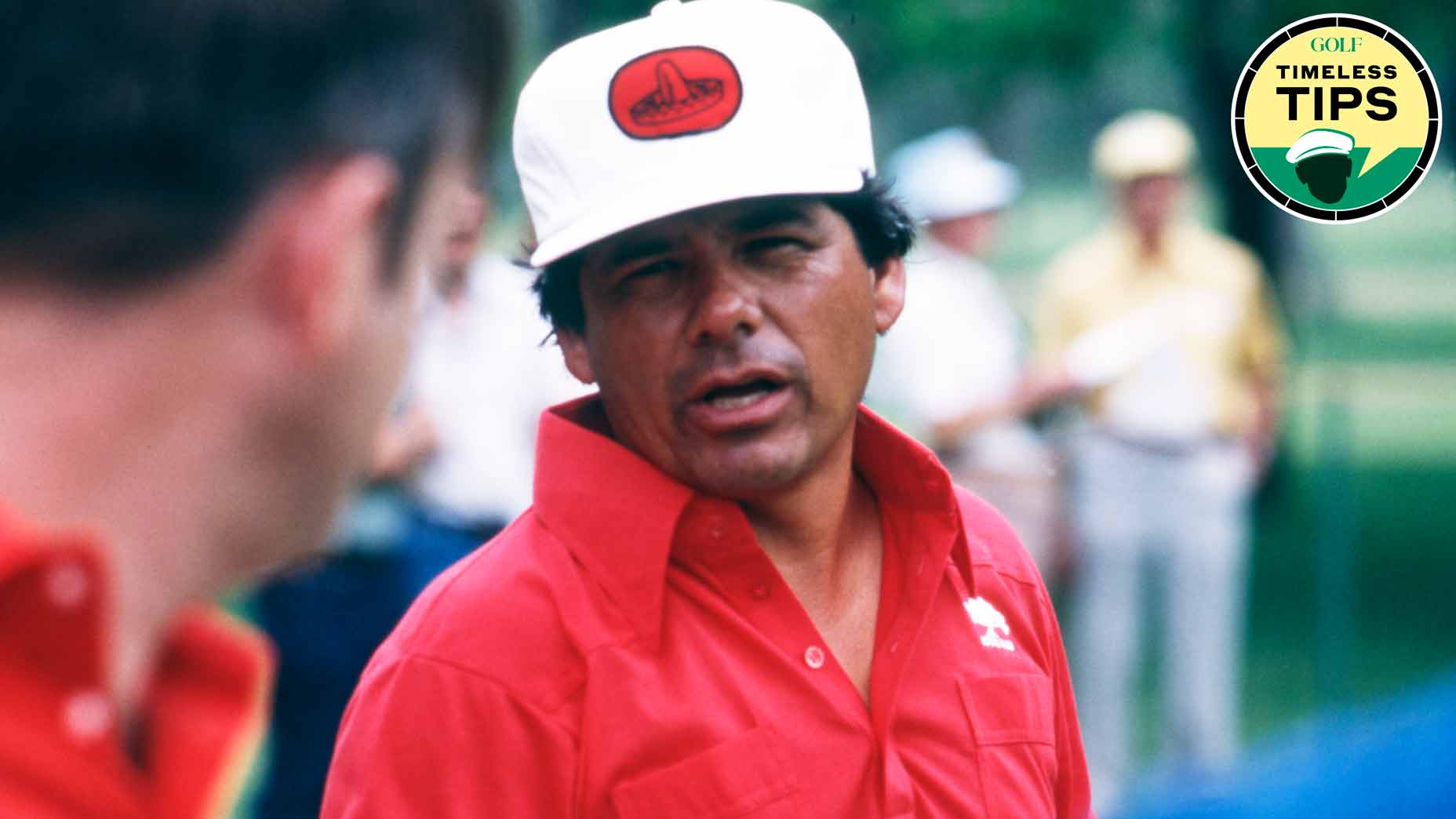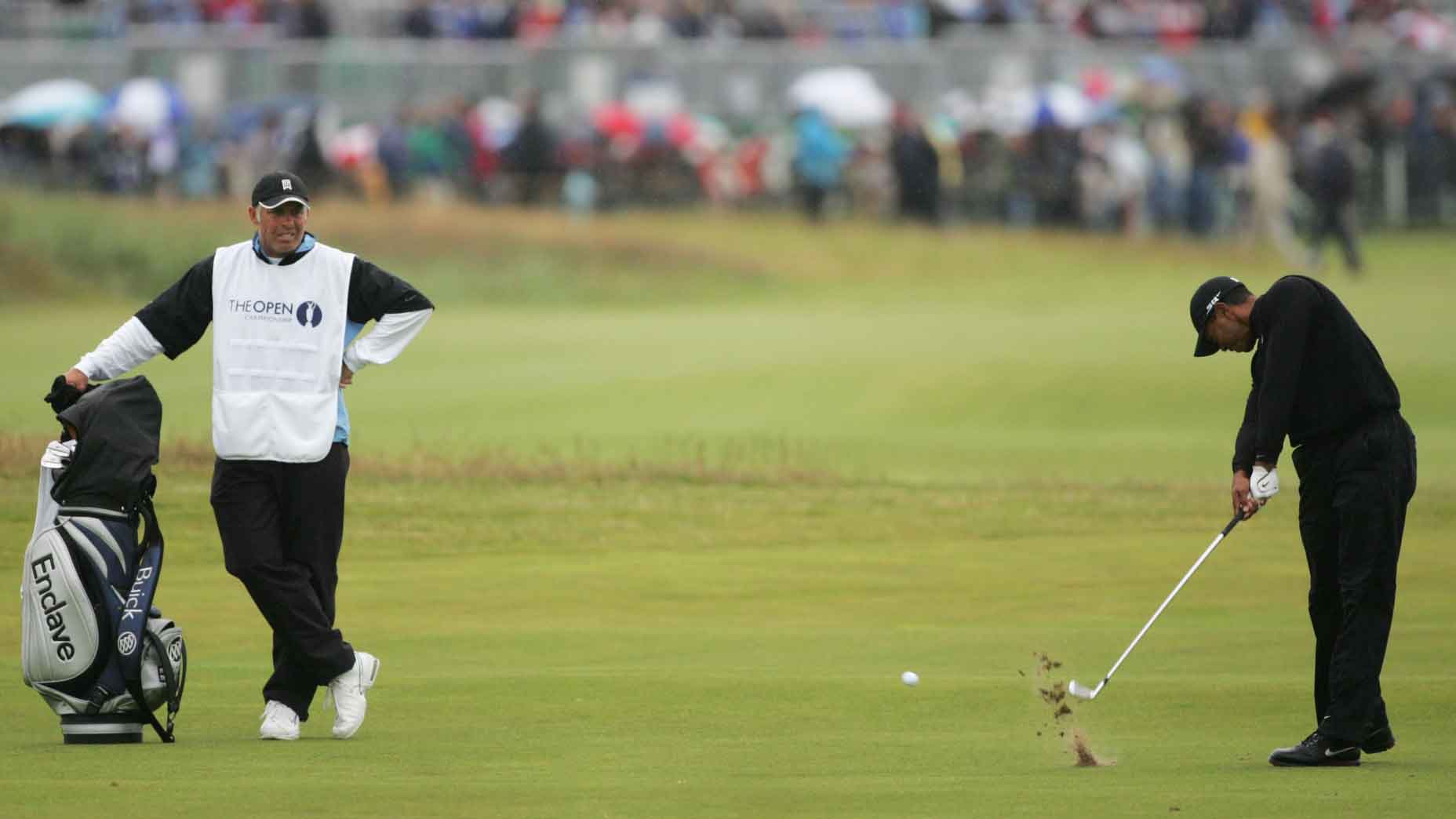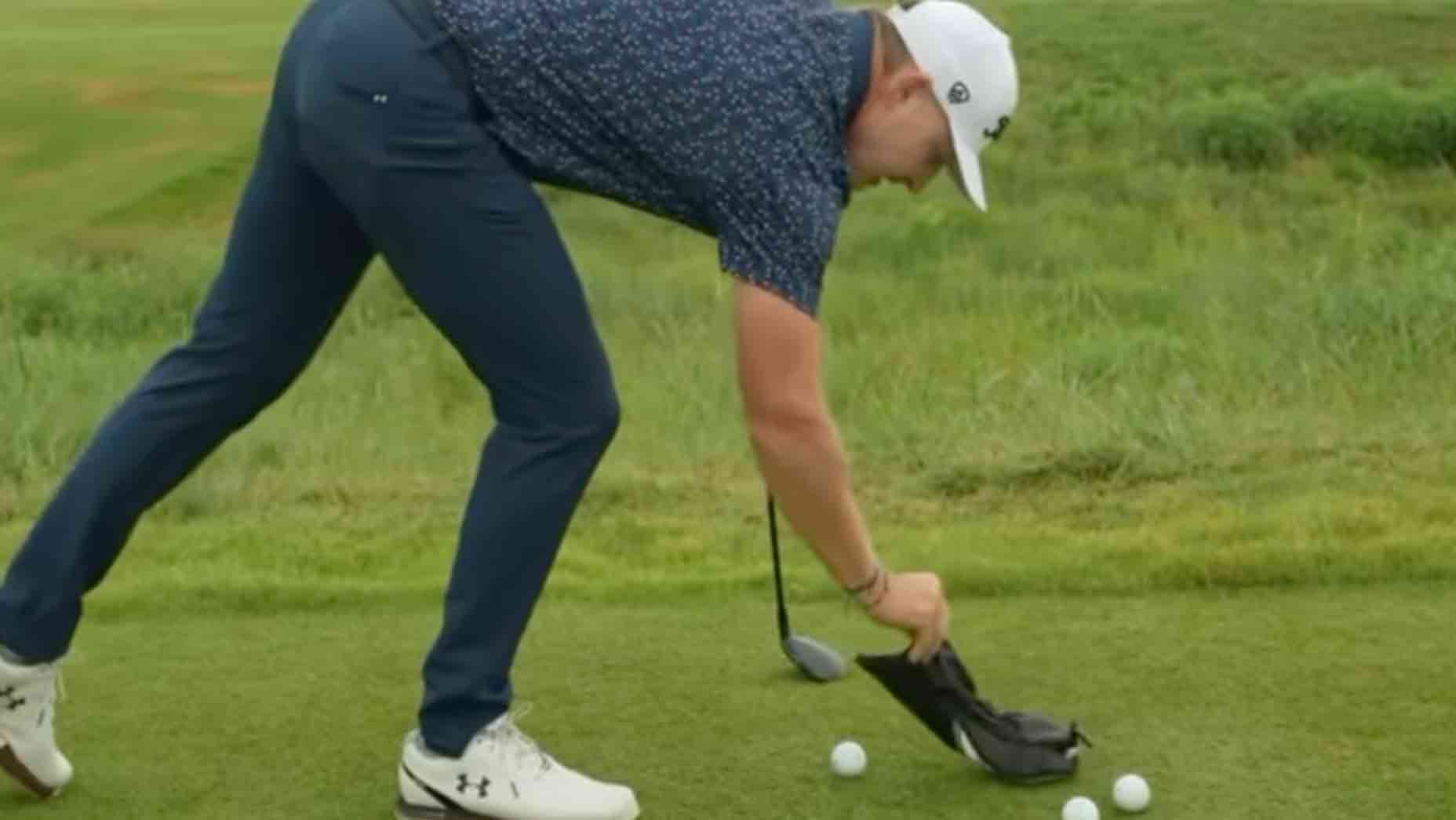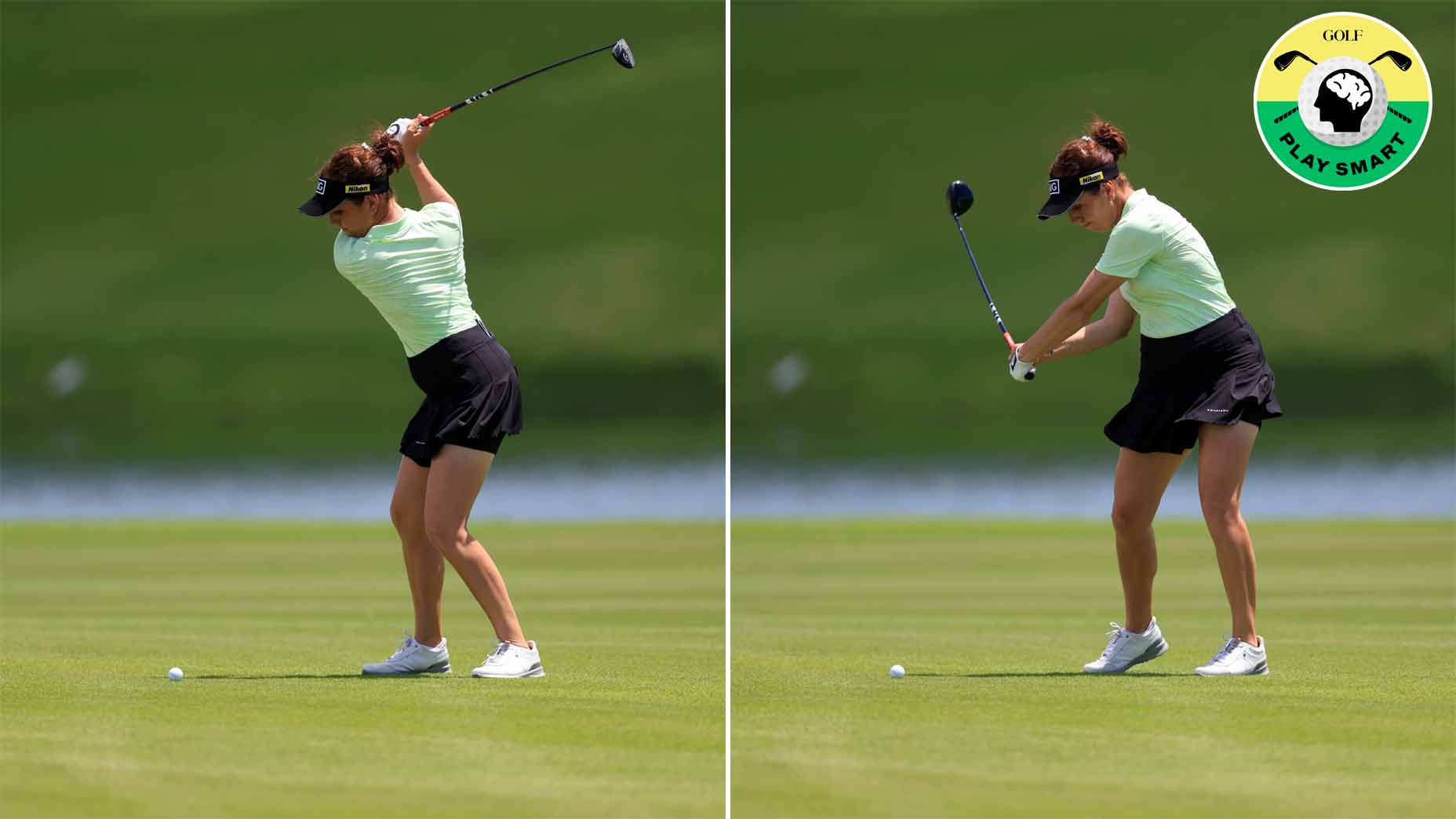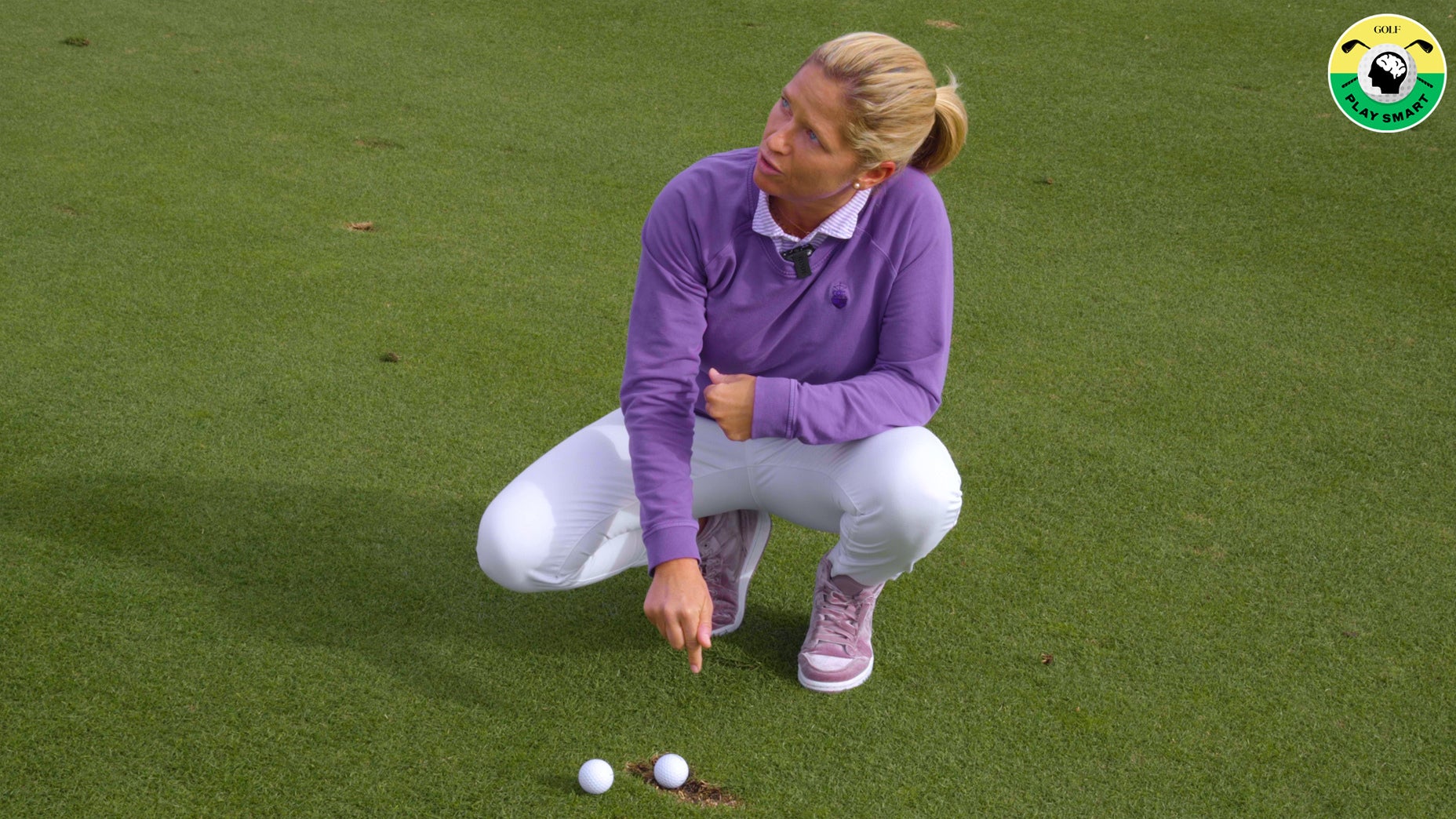This is the third in a three-part instruction series, “Drive, Pure, Roll,” in which GOLF sits down with Dustin Johnson, Jon Rahm, and Jason Day as they share their insights. They’re all-world talents in going big off the box, pummeling greens and getting that little white ball in the hole. Here’s how they do it.
PURE with JON RAHM
After a record 60-week reign atop the world’s amateur rankings, Jon Rahm burst onto the Tour scene in 2016 and soon challenged the top spot in the pro ranks, too. With an early 2018 win at the CareerBuilder Challenge, the fiery Spaniard jumped to No. 2 in the world, behind only Dustin Johnson. It was his fourth win in just 38 professional starts, a record bettered only by Tiger Woods. While Rahm’s volatile on-course demeanor got him plenty of attention in his freshman and sophomore campaigns (what’s more relatable than a pro slamming his club?), it has been his relentless consistency that fans have come to admire most.
Besides Johnson, few can drive the ball better than Rahm. He’s also an iron giant. In 2017, his first full year on Tour, Rahm ranked third in strokes gained tee to green, a stat that measures both driving and approach-shot acumen. Last season, he posted the third-best birdie average. Rahm doesn’t just hit greens. He hits lasers that never leave the flagstick. More to the point, the distribution of Rahm’s five wins—two on the PGA Tour, three on the European Tour— have made him one of the game’s international stars at a still-bright-eyed 24 years of age.

Rahm’s iron prowess was on display at the 2018 Ryder Cup. On Sunday at Le Golf National, with the Cup still hanging in the balance and Rahm clinging to a one-hole lead against Tiger Woods with two to play in a key singles match, he pured a baby fade—his go-to shot—from the first cut. I’m sure he had been dreaming of this moment since he was a kid. The fade held up under the pressure—the ball landed in the middle of the green, skipped forward and checked up pin-high, less than five feet from the hole. The iron shot effectively shut the door on a U.S. team rally. “It meant an incredible amount then and it still does,” he says. “It’s going to be tough to beat that moment in my life.”
So how can you capture some of Rahm’s pure magic? Here’s what he thinks you should know.
1. FIND A GO-TO IRON SHOT — AND STICK WITH IT
“Facing down a big shot in competition isn’t the time to start reinventing your game or trying new things. That’s for practice time. In tournaments or competitive rounds, hit the shots you know you can hit. For me, on most swings, that’s a baby fade. I’m committed to it. For the way I swing and visualize things, it’s easiest for me to swing left and hit a fade. It’s what I’m comfortable with and what I know. Truth be told, I hit it pretty straight; it’s not a big fade. Take my 7-iron: On average, I’ll hit that 190 yards and it may fade somewhere between 10 and 15 feet, depending on the shot I want to hit.”
2. DON’T OVERLOOK AIM
“If you take my cue—and Jack Nicklaus’s and Tiger’s—and really start grooving a reliable fade from the fairway, make sure you’re set up for a fade when you take your address. Everything—your feet, hips, shoulders—should point a little A left of your final target. Also, move the ball up in your stance a little, at least a few inches from where you normally play it depending on the iron that you’re holding in your hands. This facilitates that swing-to-the-left motion. It will also shallow out your attack angle for extra-crisp contact.”
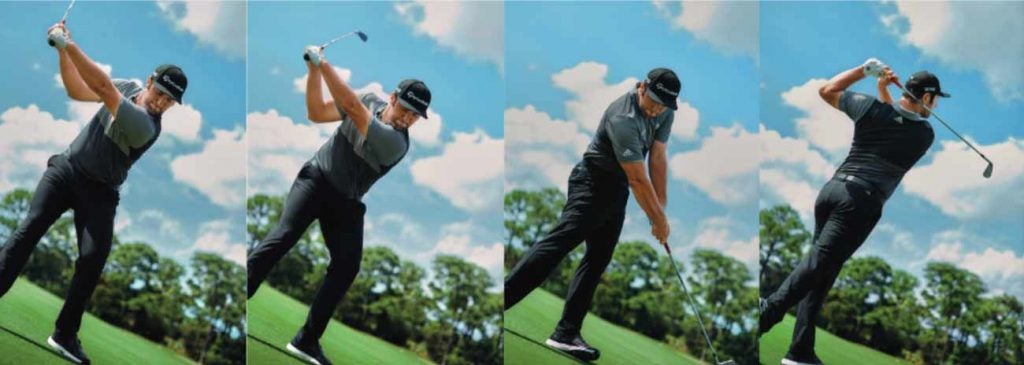
3. THINK “BODY,” NOT “HANDS”
“My teacher in Spain used to tell me to let my big muscles do the work. That’s why my backswing turn is powered mostly by my back and shoulders (see sequence, below). I never think about moving my hands. Any time I think about purposely moving them, I forget to move my body. That’s when my power goes kaput, to say nothing about my accuracy. “A lot of people talk about the excessive bowing of my left wrist at the top. That’s just the way my hands work. (I often overdo the bow, so in reality I’m actually trying to cup it.) The point is, you can’t think too much. Let your hands move how they want to, just like I do. If you’re hitting bad shots, focus on corrections you can make with your big muscles to get everything in sync.
“This will help: Think less about your hands in your backswing and more about your ‘center.’ The last thing you want is any lateral movement on your backswing. Sway is not your friend. Feel as though you’re turning around a stable back leg. You’ve done it right if, at the top, you feel pressure in the inside of your right thigh.”
JASON DAY ON RAHM
“He drives it really well, but his iron play is off the charts. He hits that little baby cut and it’s just repetitive as all get-out. He can play all kinds of shots, mind you, but when he hits that little cut, it’s perfect. And I mean perfect.”
The Gear That Makes It Happen: Rahm’s TaylorMade P760 Irons
Brian Bazzel, VP Product Creation at TaylorMade:
“We’ve progressed with Jon’s iron game quite a bit over the past few seasons. It was one of the areas we targeted for improvement when he went pro. At ASU, he was hitting musclebacks, and he had a tendency to miss left. We worked him into some P750s and got his directional bias back in a good place.

“Now we’re diving into the new P760s. A lot of the players are creating their sets differently than in the past— some might use p790 long irons and muscleback short irons. We used our technology to package the p760 irons along those lines. What we’ve come up with is a SpeedFoam-filled progressive set, from short irons to long irons. If you look at the short irons, each is made with a full one-piece forging, closer to the 750.
As you get to the longer irons, there is more SpeedFoam, so it looks more like the 770 and offers more forgiveness. Jon tends toward player’s irons that also deliver some of the benefits of a game-improvement model. That makes the P760 a great fit for him. It ups the forgiveness, but it’s also about trajectory. If the 760s can give him even one more foot of height so that approach shots land that much softer, it’s worth it to him.”



